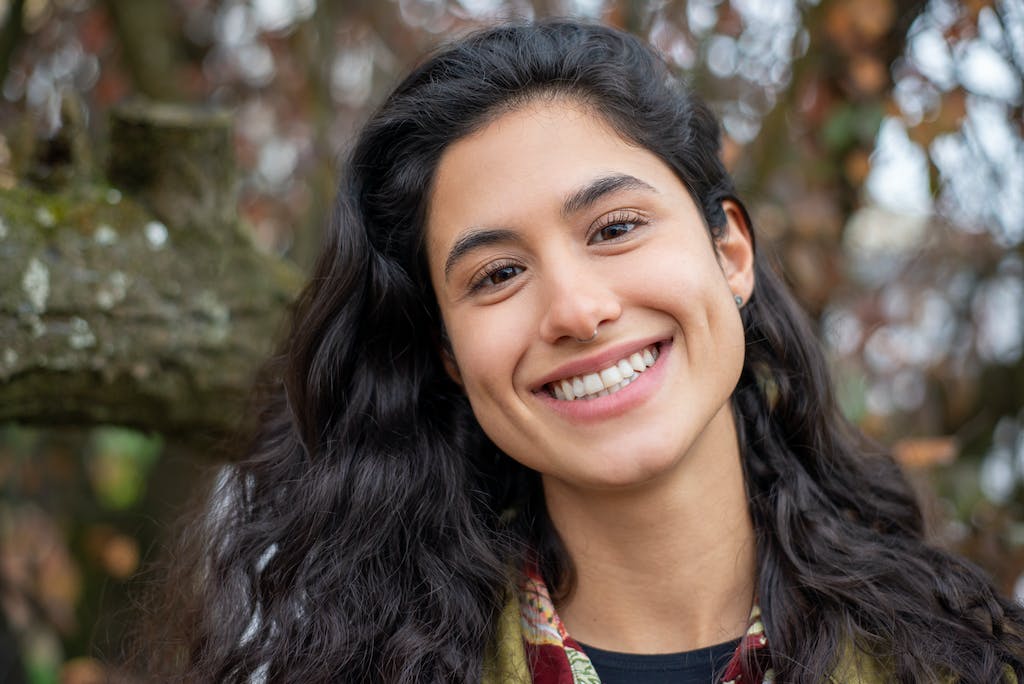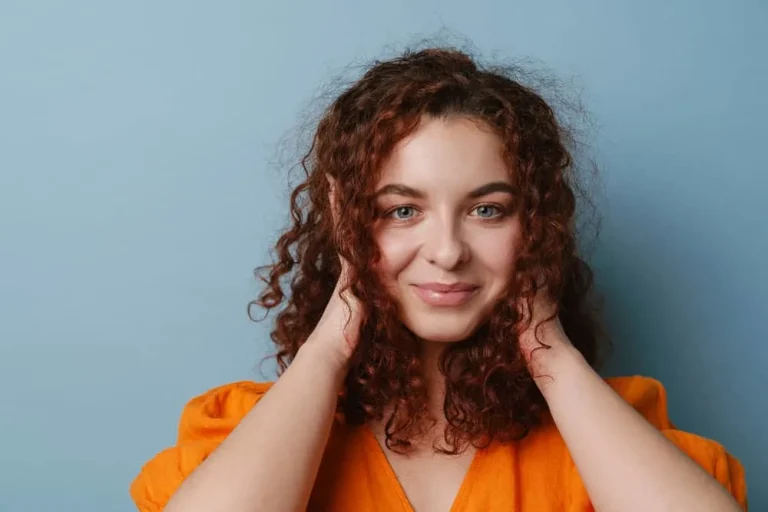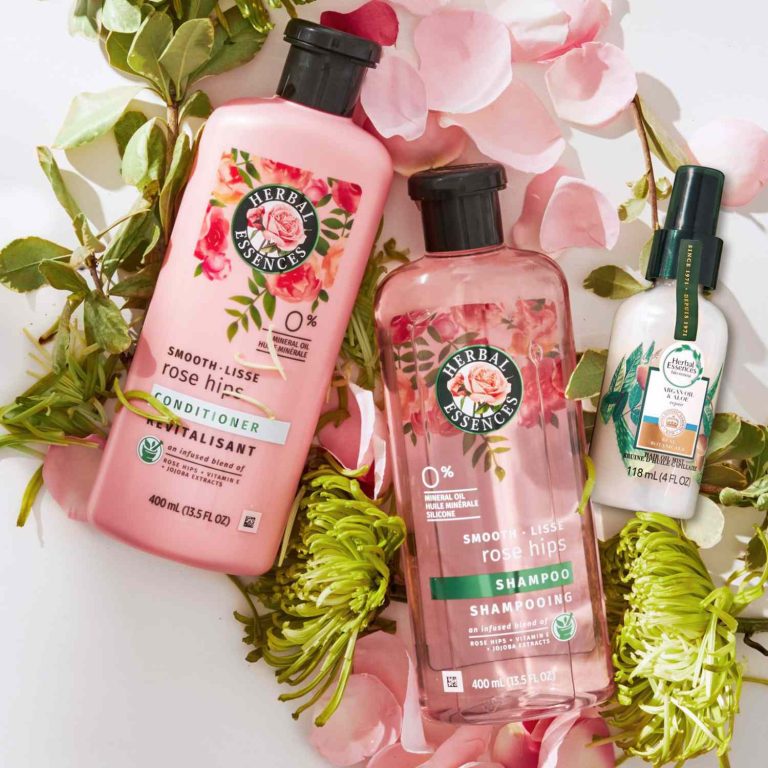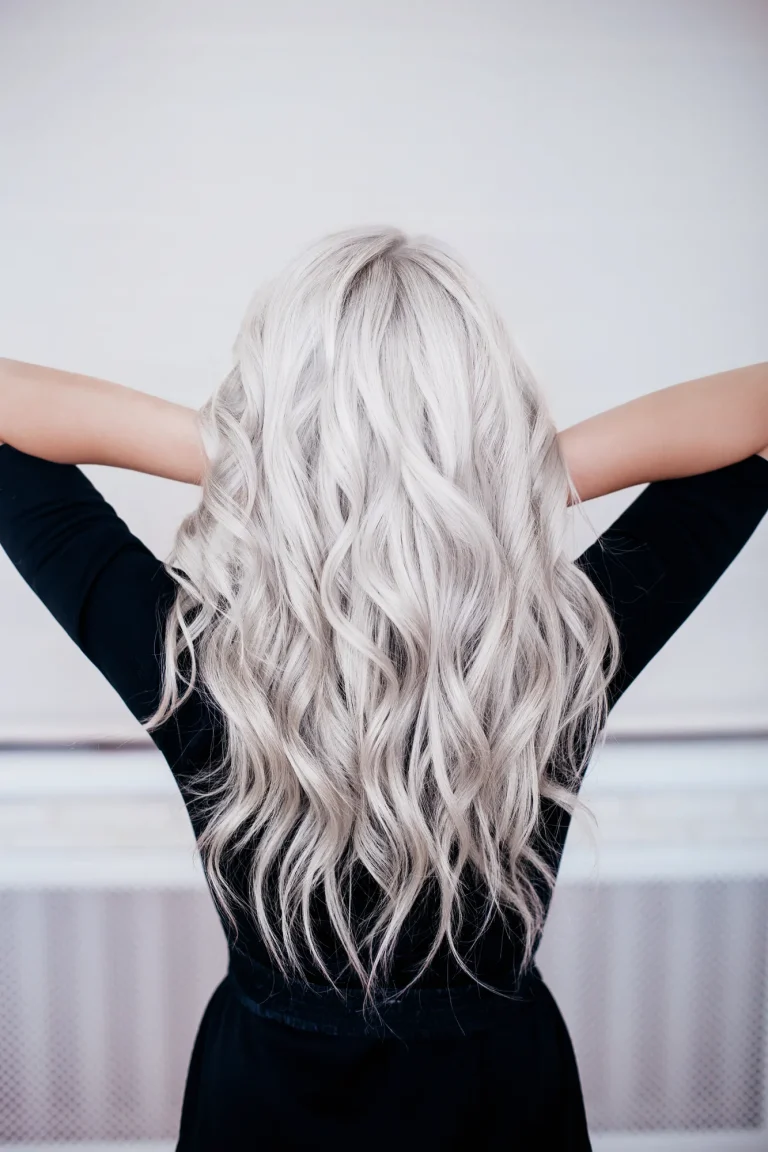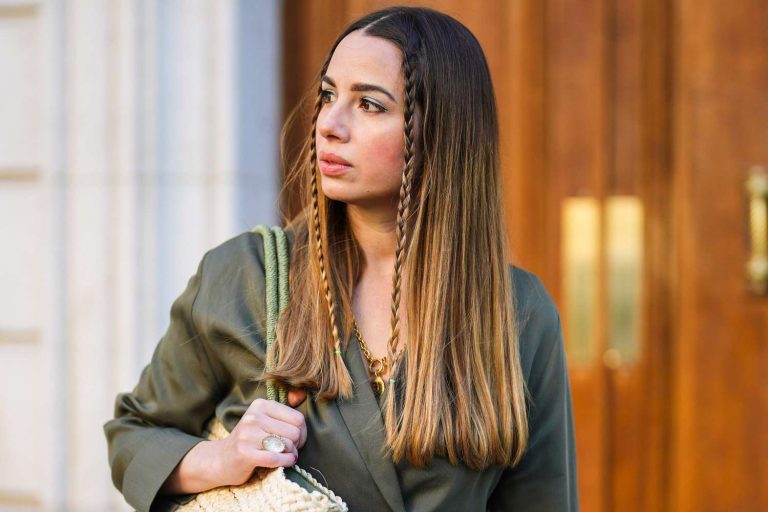Partial Balayage VS Full Balayage: Exploring the Differences
The forever dilemma of partial balayage vs full balayage. As someone who loves changing up my hair color, I’m constantly debating between subtle, delicate highlighting or going all-in for a bold, head-turning transformation. That’s why I decided to dive deep into the captivating world of balayage to uncover the differences between partial balayage and full balayage.
What is Balayage?
Contents
- What is Balayage?
- What Is Partial Balayage?
- Difference Between Partial Balayage And Partial Highlights
- Partial Balayage vs Full Balayage
- Partial Balayage vs Full Balayage: Key Comparison Points
- What Impacts Partial Balayage Duration and Cost?
- Maintaining Partial Balayage’s Beauty
- Choosing Between Partial or Full Balayage
- Conclusion: Embrace the Palette of Balayage

Before comparing partial versus full balayage, it’s important to understand what balayage is at its core.
Balayage is a hair coloring technique that involves freehand painting of the hair to create soft, natural-looking highlights and lowlights. The term comes from the French word meaning “to sweep” or “to paint.”
Unlike traditional highlighting methods that use foils or cap highlighting, balayage is applied freehand directly onto sections of the hair without any separating agents. This allows for soft, seamless blends of color that mimic natural hair growth and sun-kissed effects.
The balayage technique provides a customizable, tailored result that flatters each person’s individual features and hair color. With the strategic placement of lighter pieces to frame the face and complement hair color, balayage offers a multi-dimensional, lived-in look.
What Is Partial Balayage?
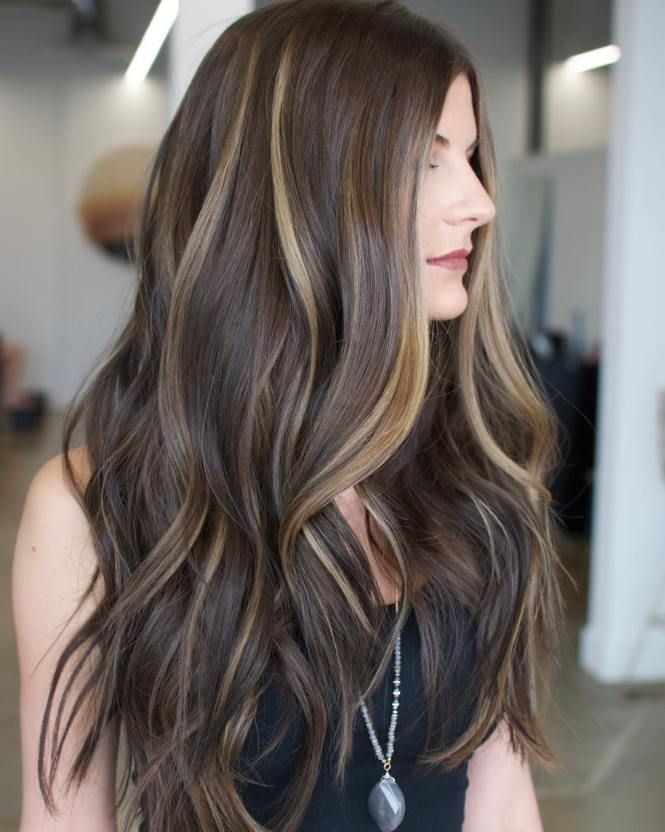
Now that we understand the general concept of balayage, we can explore partial balayage more specifically. Partial balayage involves coloring only sections of the hair rather than the full head. The focus is on strategically boosting dimension and accentuating your best features.
Strategic Placement of Lighter Pieces
With partial balayage, your colorist hand-paints lighter tones in places that will provide the most flattering results for your hair color and complexion. Lighter baby lights may be painted around the hairline and face to brighten and draw focus to your features. Spicey copper lowlights could be incorporated just in the lower layers to add texture and movement.
The emphasis is on customization and strategically enhancing specific sections that will make the biggest impact. The rest of your base color is left unchanged for a seamless grow-out.
Subtle, Natural-Looking Results
The overall result of partial balayage is a subtle yet eye-catching enhancement of your natural color. The touched-up lighter pieces blend seamlessly with your existing shade for a natural-looking boost of brightness and dimension.
Partial balayage is ideal for those seeking a gentle refresh rather than a dramatic overhaul. The minimal commitment makes it a great option if you’re transitioning from brunette to blonde.
Difference Between Partial Balayage And Partial Highlights
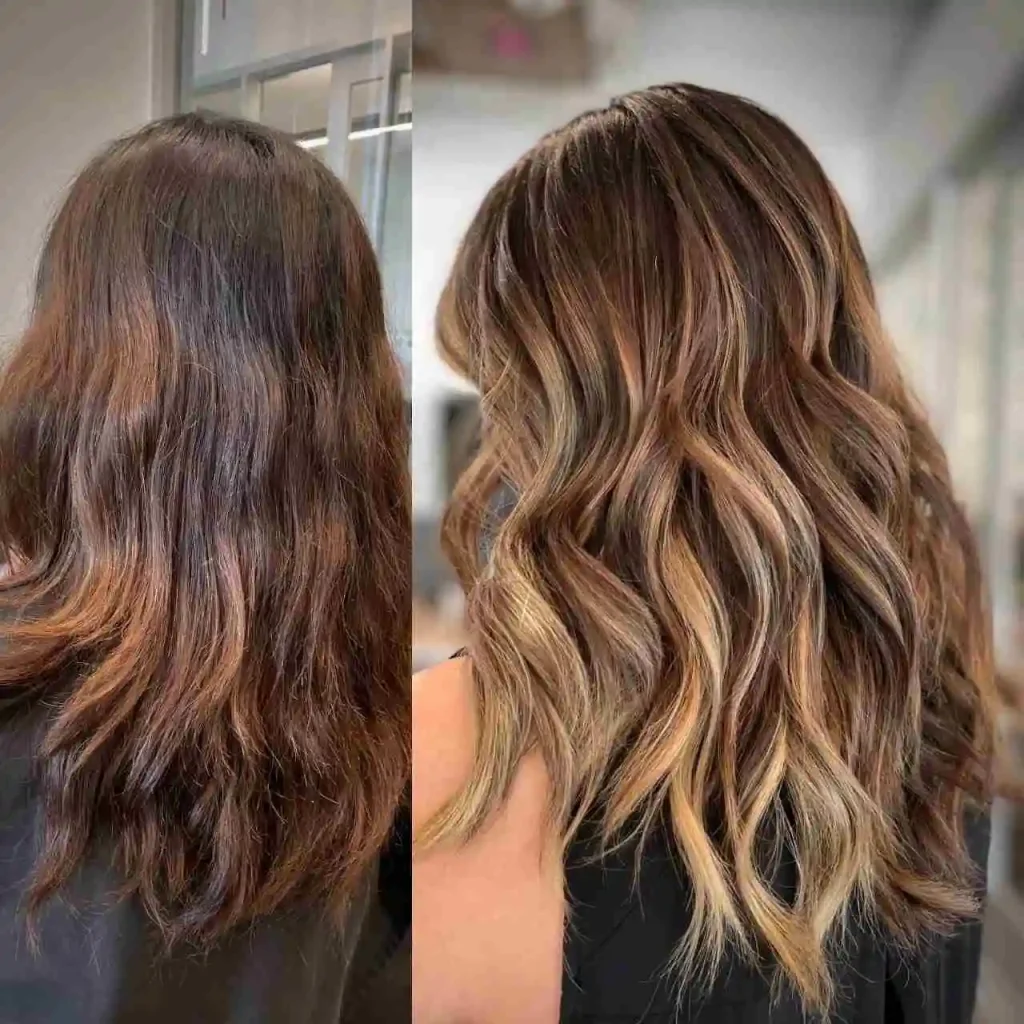
Partial balayage is sometimes confused with partial highlights, but there are a few key differences in terms of technique and end result.
Application Process
Partial highlights involve isolating strands of hair and applying color with foils or a cap. This allows for precise control over the placement. Partial balayage is applied freehand directly to the desired sections for softer, more diffused results.
Blend and Transition
Partial highlights tend to have more defined lines of demarcation between the natural hair and the highlighted pieces. The freehand balayage technique provides a seamless blend between your natural color and the lighter pieces.
Impact
Partial highlights deliver brighter, bolder pops of color contrast. Partial balayage offers a subtle brightness while keeping a cohesive flow with your existing shade.
The application approach and end goal vary between partial highlights and partial balayage. Once you decide how dramatic or natural you want the results, you can determine which is the better option.
Partial Balayage vs Full Balayage
Now let’s get to the heart of the matter: the difference between partial balayage and full balayage!
Amount of Hair Colored
As the names suggest, the key difference lies in how much of your hair undergoes the hand-painting balayage technique.
- Partial balayage involves picking specific sections to lighten and enhance. Only 20–60% of your hair receives the special treatment.
- Full balayage entails painting color throughout the entire head—root to tip—for complete coverage. Over 60% of your strands get saturated with new tones.
Transformation Impact
Given the difference in coverage, it follows that partial and full balayage create different levels of transformation:
- Partial balayage offers subtle enhancement that looks like natural highlights. Keeping most of your base color intact results in a delicate brightness.
- Full balayage delivers a bold, head-turning effect. Taking your whole head lighter provides sharp contrast between the deepest and lightest shades.
The amount of hair colored correlates directly to how pronounced the results will be. More coverage equals more drama!
Partial Balayage vs Full Balayage: Key Comparison Points
Now that we’ve highlighted (no pun intended) the difference between partial and full balayage, let’s do a detailed comparison focusing on cost, time, longevity, and end result.
Cost Comparison
Since partial balayage colors less of your hair, it requires fewer products to achieve the desired look. Full balayage involves saturating far more strands in color, thus using more product.
On average, partial balayage costs $150–300, depending on your hair length and the complexity of the look. For full balayage, expect to invest $200–500 for the extensive coloring.
Time Comparison
The time required for application also differs significantly:
- Partial balayage takes 1-2 hours, as the colorist only paints certain sections.
- For full balayage, plan on double the time commitment. Full coverage of your strands calls for 3-4 hours in the salon chair.
Keep in mind that a longer session doesn’t necessarily mean a full balayage is more expensive. More time allows your colorist to meticulously paint on all those sun-kissed pieces!
Longevity Comparison
Will partial or full balayage keep you fresher longer? Here’s how they compare:
- Partial balayage grows out softly over 8–12 weeks before you’ll want a touch up. The focused placement of color means you don’t see harsh lines growing in.
- Full balayage results often last 12-16 weeks thanks to the head full of dimension. The dramatic transformation withstands the grow-out process longer.
Look Comparison
Let’s explore how the end results differentiate partial versus full balayage:
- Partial balayage delivers a natural looking boost of brightness and dimension exactly where you want it. Your base color stays predominantly the same for cohesive flow.
- Full balayage serves up bold, beautiful contrast between the lightest and deepest tones. You see a dramatic shift in your overall shade from root to tip.
The look aligns with the coverage—partial for a delicate change, full for a sweeping transformation. Once you decide how intense you want to go, the choice becomes clear!
What Impacts Partial Balayage Duration and Cost?
If you opt for subtle enhancement with partial balayage, what factors affect the time and price involved? Here are key considerations:
Duration Influencers
- Hair length: Coloring 6 inches takes less time than 2 feet of hair! Longer hair means a lengthier process.
- Hair thickness: Painting color onto dense, thick hair requires more work than fine locks.
- Desired look: More complicated techniques like ombre lengthen the appointment. Simple face-framing takes less time.
- Base color: Dark hair may require pre-lightening before balayage coloring. This adds steps and appointment length.
Cost Considerations
- Salon’s reputation – Top colorists at premium salons understandably charge more.
- Stylist’s experience – Master colorists with years of expertise come at a higher price.
- Hair factors – Thick or long hair calls for more product and time. This may increase cost.
- Desired look – Intricate ombre or shadow roots cost more than standard partial balayage.
I suggest consulting with your colorist for an accurate quote tailored to your hair and vision. Their expertise can account for all the variables.
Maintaining Partial Balayage’s Beauty
One perk of subtle partial balayage is the low maintenance required. Here are my tips for keeping your color vibrant:
- Use color-safe shampoo and conditioner to keep tones freshly hued. My favorites are celebrity stylist Kristin Ess formulas.
- Limit heat styling to preserve moisture and avoid drying out your strands. Let hair air dry when possible.
- Apply UV filters like Color Wow Dream Filter spray to shield against fading from sun exposure.
With a gentle pampering routine, you can extend your partial balayage’s lifespan to 10-12 weeks before requiring a refresh. Enjoy the low-commitment beauty!
Choosing Between Partial or Full Balayage
When deciding between partial or full balayage, here are key factors to weigh:
Personal Style
- Do you gravitate towards subtle or bold beauty transformations?
- Is your style naturally understated or more adventurous?
- How drastically do you want to shift your look from your current color?
Budget
- What is your budget for this hair makeover? Can you invest $200+ if needed?
- Does your lifestyle allow you to visit the salon frequently for touch-ups?
Maintenance
- How much upkeep are you willing to put in between appointments?
- Are you committed to protective styling and products to preserve your look?
The considerations are unique to each person. Analyze your lifestyle, preferences, and resources to decide which technique suits you best.
If you crave an eye-catching transformation, full balayage may be right for you. For a natural-looking refresher, opt for partial balayage placement. Either way, embrace the dimension and artistry of balayage!
Conclusion: Embrace the Palette of Balayage
After extensive exploration of the balayage technique, I don’t believe there is one clear winner between partial and full balayage. Rather than viewing it as a competition, embrace balayage as an artistic palette to create your own customized look.
The most important factor is choosing the coverage level and result that makes you feel most beautiful and confident. There is no universally perfect amount of balayage – only the amount that speaks to your personal style.
Consult with a highly trained balayage colorist to determine whether subtle partial or bold full balayage is the right fit for your hair texture, complexion, and sense of style. Communicate your vision, then place yourself in their skillful hands.
Sweep your strands in the most flattering shades and tones to bring out your natural beauty. Allow the art of balayage to paint you in a breathtaking new light.

Founded by Sophia Rodriguez, IGXO Cosmetics is a PETA-certified, cruelty-free, and vegan makeup brand.
